Gary Chillingworth reveals the new Optisan CP 10x32 and CP 3-12x32 air rifle scopes designed for HFT shooters
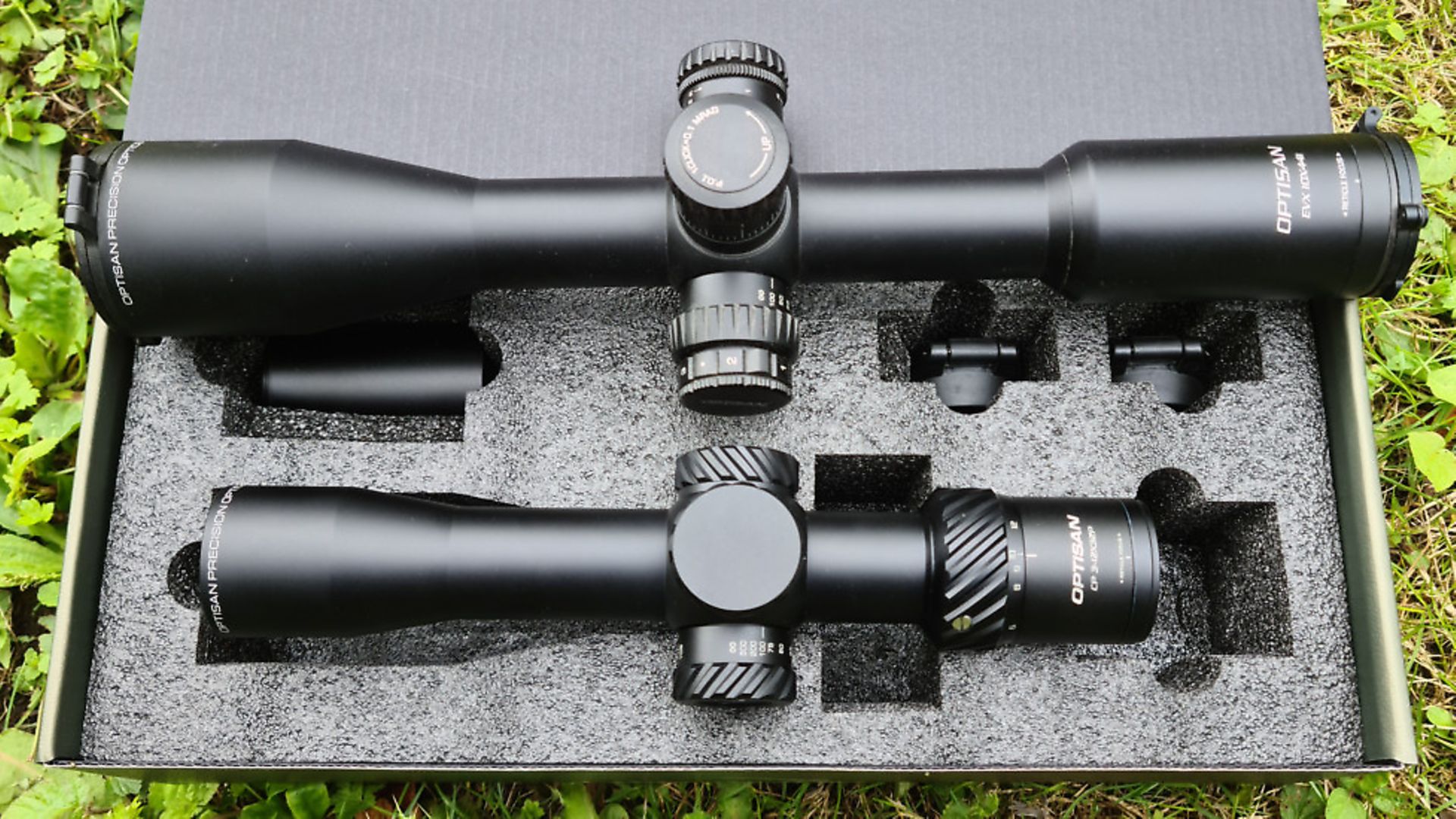 credit: Archant
credit: Archant
I am very excited about this month’s article because it’s one that I have been champing at the bit to write for about a year. Over the last 12 months, I have dropped titbits about this scope and the more eagle-eyed among you have spotted it on my completion rifle. Finally, I get to talk about the new Optisan CP series of scopes.
About two years ago, Lili You – the big boss of Optisan – contacted Simon Vant, the 2018 HFT World Champion, and asked him, ‘What do HFT shooters want in a scope?’ Within this meeting, Simon explained that HFT shooters, hunters and plinkers need a scope that has; a great depth of field, low parallax error, 10 x magnification, great light gathering and at a reasonable price. After this massive shopping list, I like to think that Lili asked Simon if he also wanted a unicorn, but she went away and a few months later, the prototype SV 3-12x32 was born.
In April 2019, a few of us gathered together at M.A.D. and we were given the opportunity to look through the new scope – I was blown away from the outset. From 13 to 45 yards I could make out the kill zones with ease and clarity, and from 8 to 13 yards there was some blur, but not enough to make it hard to see even the darkest of targets.
At the end of the demonstration we all decamped to a local hostelry and Lili asked for my opinions and then asked if I would be happy to test the scope as a springer shooter. Apparently, it’s very important to the team at Optisan that this scope should hold up to anything the UK airgun world can throw at it, and build quality and longevity are every bit as important as clarity and design.
I love testing scopes and I tried to break it; I shot it on every spring gun I own, from my TX200 HC with a 22mm piston that is sharp and snappy, to my HW98 that twangs like my underwear elastic when it gives way. No matter which gun I put it on, and no matter how much I slapped the scope about, I could never get it to lose its zero. After six months of testing, and about 15000 pellets, I called Lili and told her that unless she wanted me to put it on a 50cal Barrett, there was not really much more I can do to test it.
During this time, Lili was always in contact Simon Vant and me, and was happy to listen to what we had to say. I know that Simon made a huge contribution to how this scope ended up, and that is why the first 12, carry his name and signature on them.
 credit: Archant
credit: Archant
SHOCK TESTING
Testing a scope is very important. It’s all well and good to look through one and see that it is clear and bright, but if it loses zero every five minutes, then it’s not worth having. The first thing I did was get a base zero and then it was time to see if I could get the scope to move, and the first thing I did was shock testing. I didn’t start hitting it with a hammer, but I did use the heel of my hand to hit the scope on the turrets, and on the ocular and objective ends. The scope was fixed to my TX200 HC with BKL medium mounts and with mild thwacking, I could not get the scope to shift.
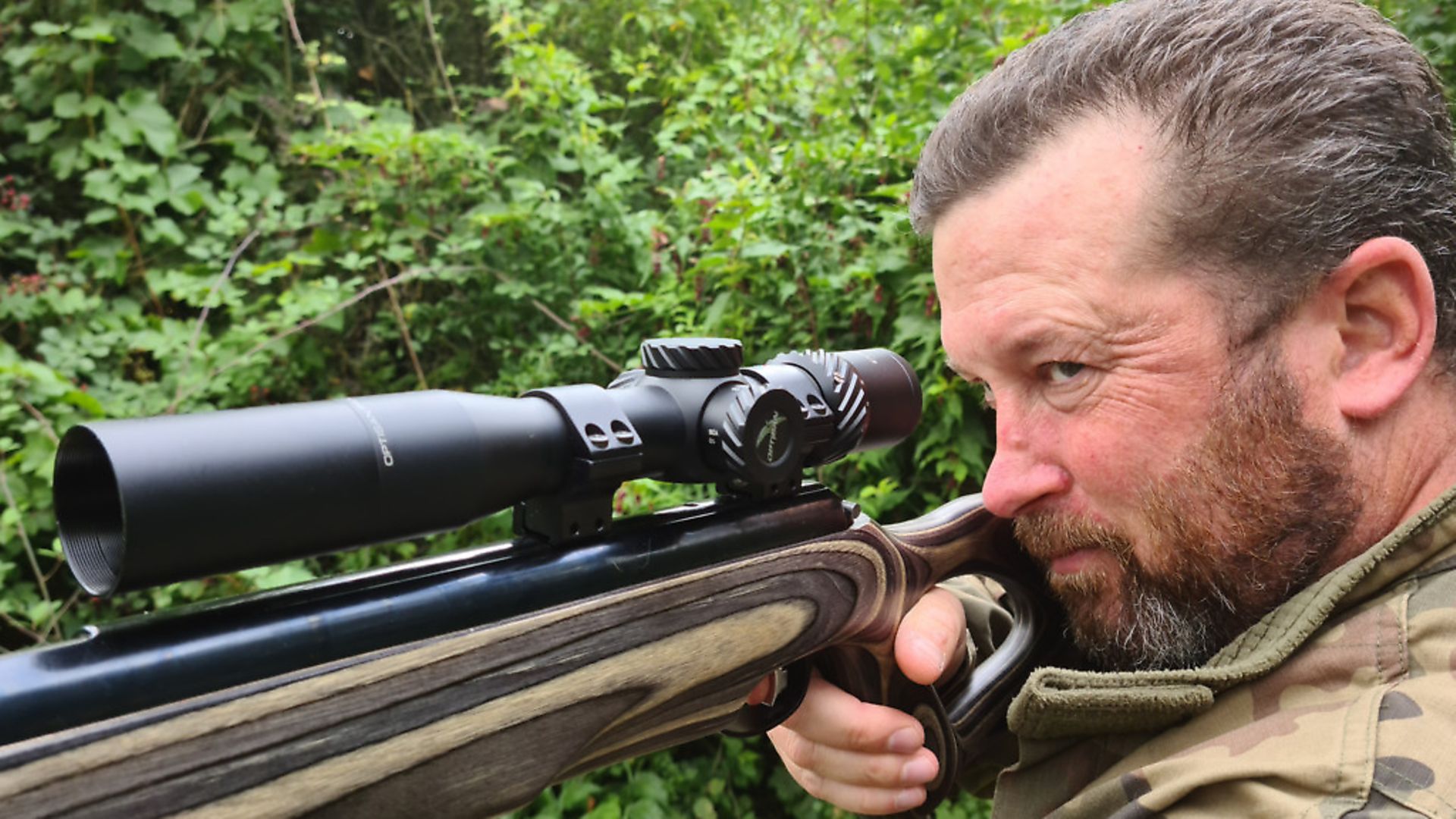 credit: Archant
credit: Archant
TEMPERATURE
The next test was temperature, and again, I checked the base line before leaving the rifle in my boiler cupboard, with no effect, and overnight in my locked garage, again with no effect. I also used the scope to take a class win at the Benelux Open in Grupont, Belgium, that was bitterly cold and even though there was snow on the ground and sub-zero temperatures, I had no issues and so far, I haven’t been able to get the scope to shift from -3 to 90°F.
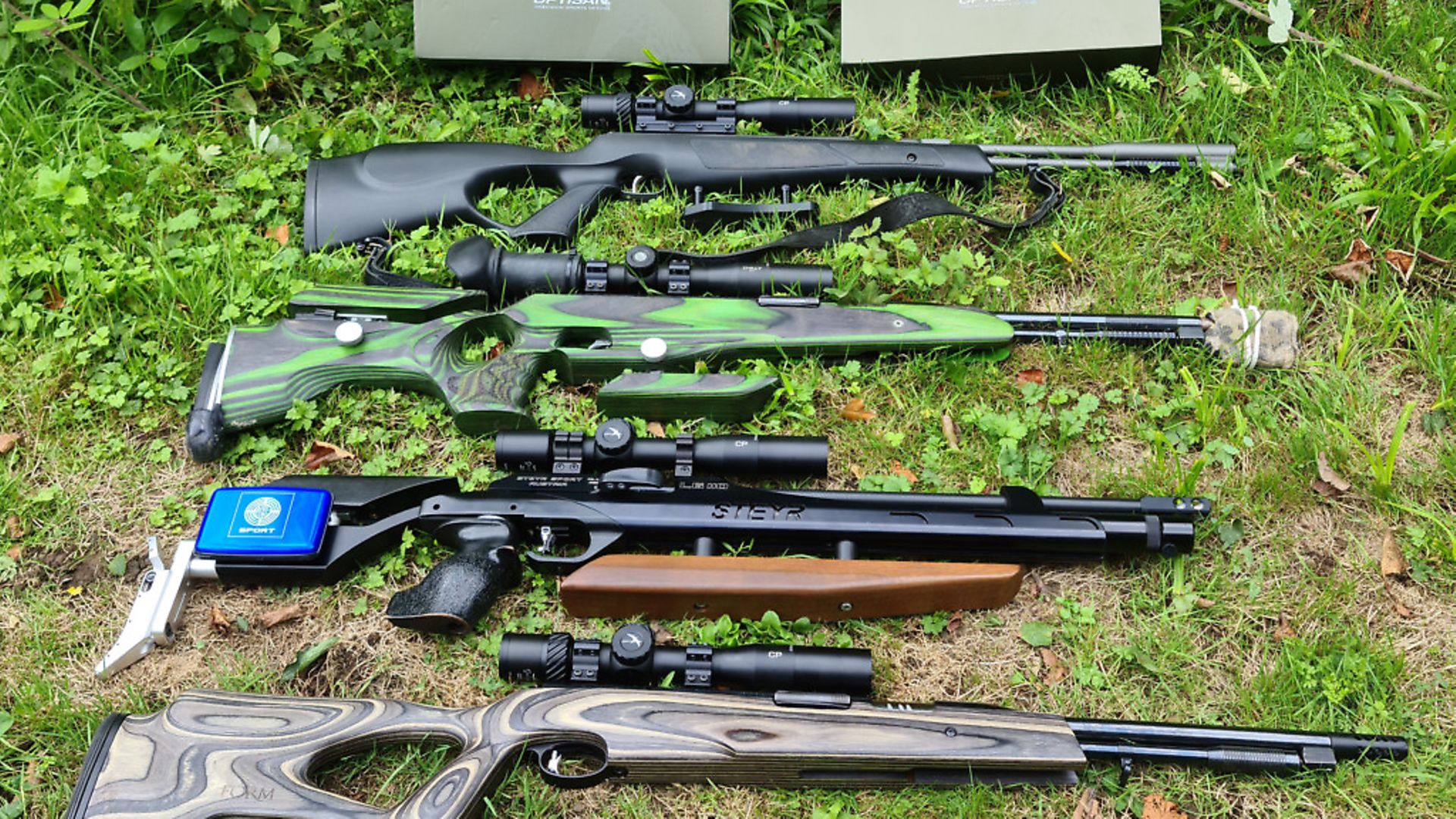 credit: Archant
credit: Archant
CLARITY
The next test was clarity; the glass on the new Optisan is some of the best out there. I would say it is somewhere between my Sightron 10 x 42 and the Mk4 Leopold for clarity, and that is high praise. When I look through it, the colours are vivid and when I am looking at a target at 45 yards, I am able to see clearly the leaves and grasses by the target move around, and this can be a real boon for gauging the wind. I haven’t suffered any white-out, and with the sunshade fitted there is no issue in the darkest of woodland. These CP scopes do not have an illuminated reticule, but to be honest, I have never lost the MH10 ret, even on the darkest of days, so for me, it’s never been an issue.
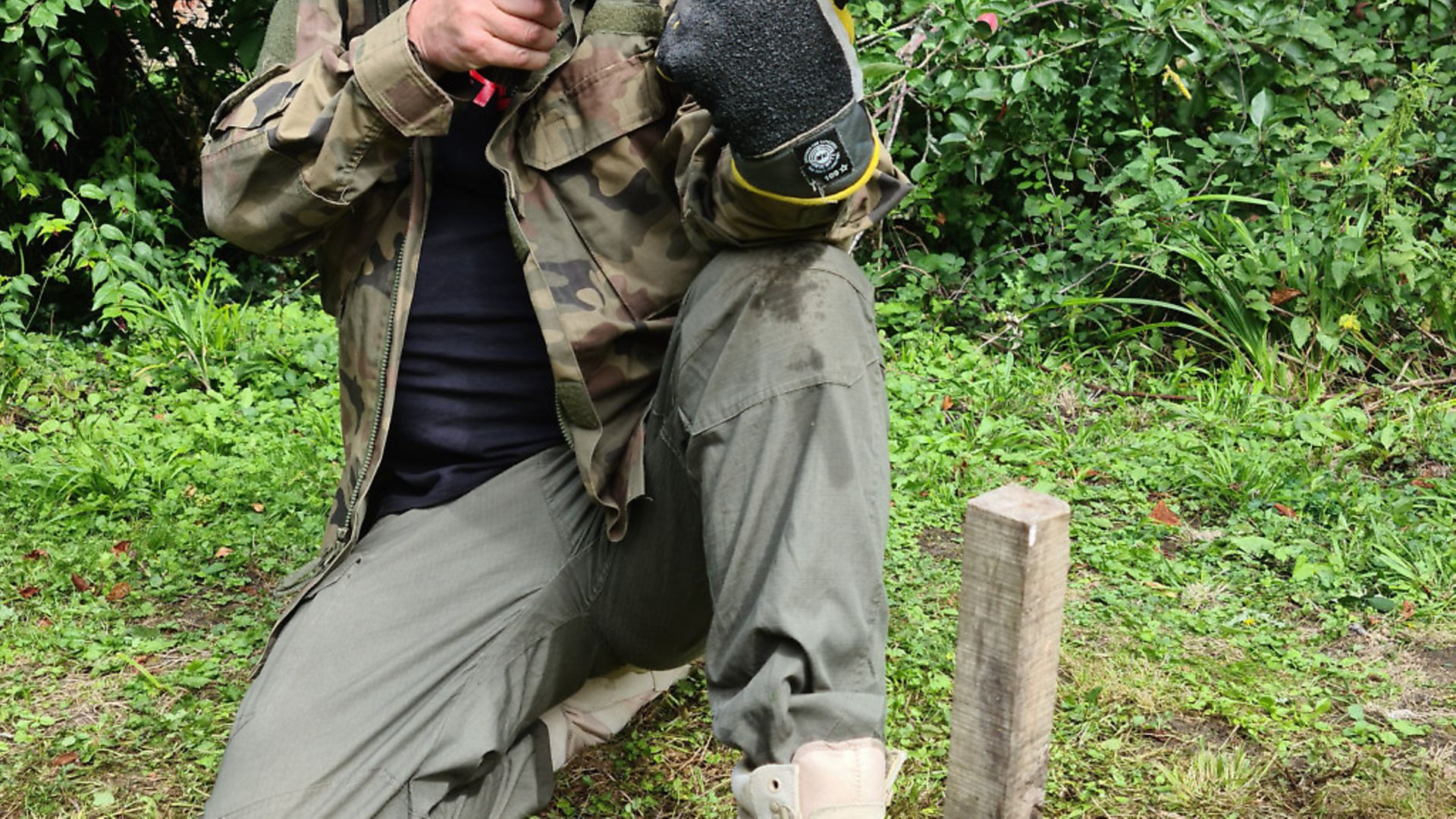 credit: Archant
credit: Archant
PARALLAX ERROR
The next and probably most important thing to test for was parallax error. PX error can be the bane of a shooter’s life, and if you do not know what it is, try this test; Place your arm straight out in front of you with your thumb up. Place your thumb so that you are blocking a point on the wall with one eye closed. Now shut your open eye and open the other and you will see that even though your thumb is in the same place and your head is in the same place, you can now see the object on the wall.
Some scopes have lots of error and even though you are locked on, if your head is slightly out of position, you will miss. The CP10 x 32 does not do this, or to be more precise, at 40 yards with the PX side wheel set at 25 yards, there is only about 5mm of error and for a HFT scope this is one of the best in its class.
The scope itself is small and light, weighing in at around 480 grammes and measuring just 242mm long; they come with low-profile capped turrets and these turrets give you 0.1mil of movement per click, eye relief is a standard 3¼” and the tube is 30mm. The multicoated lenses are bright and crisp and come with flip-up covers and a sunshade and it’s all wrapped up in a very stylish box, but even though this is nice, what’s more important is how they work and will they help to improve your shooting?
 credit: Archant
credit: Archant
PERFECT FOR HFT
Well, the production version is out, and at Mile Oak I used one and shot a 58 with my springer – my best score in two years! Lee O’Keefe used one at Black Cats and scored a 54 in .22 for a PB and a class win. Richard Woods scored a perfect 60 with his at Black Cats and has won a few other events. Basically, the clarity of the glass, the low PX error, and the field of view that makes the target look large in your scope, but gives you enough sight picture around the edge to see what the wind is doing, makes this the perfect scope for HFT and the fact that they are selling for Just £269 for the CP 10 x 32 and £279 for the CP 3-12 x 32 is amazing.
The question is though, which one do you buy? Do you go for the fixed CP 10 x 32 or the CP 3-12 x 32? Well, so far the scopes that have hit the market and are winning all the trophies are the fixed 10s. I am lucky enough to have both and I think the 3-12 x 32 has slightly better depth of field, but not by very much.
I personally would be happy to shoot either, but as the CP 10 x 32 has given me such a great score at the three shoots I have been to that I will stick with it. I think the 3-12 x 32 is perfect for HFT, but would be stunning for hunters and plinkers. Optisan has absolutely knocked it out of the park with this scope and I am proud that I had a very small part in the early testing. For me, this scope is now the scope to beat in HFT and I will be shooting one for the foreseeable future.
INFO
RRPs: CP 10x32, £269; CP 3-12x32, £279 (a seriously good price for such well-designed optics). Visit: www.optisanoptics.eu
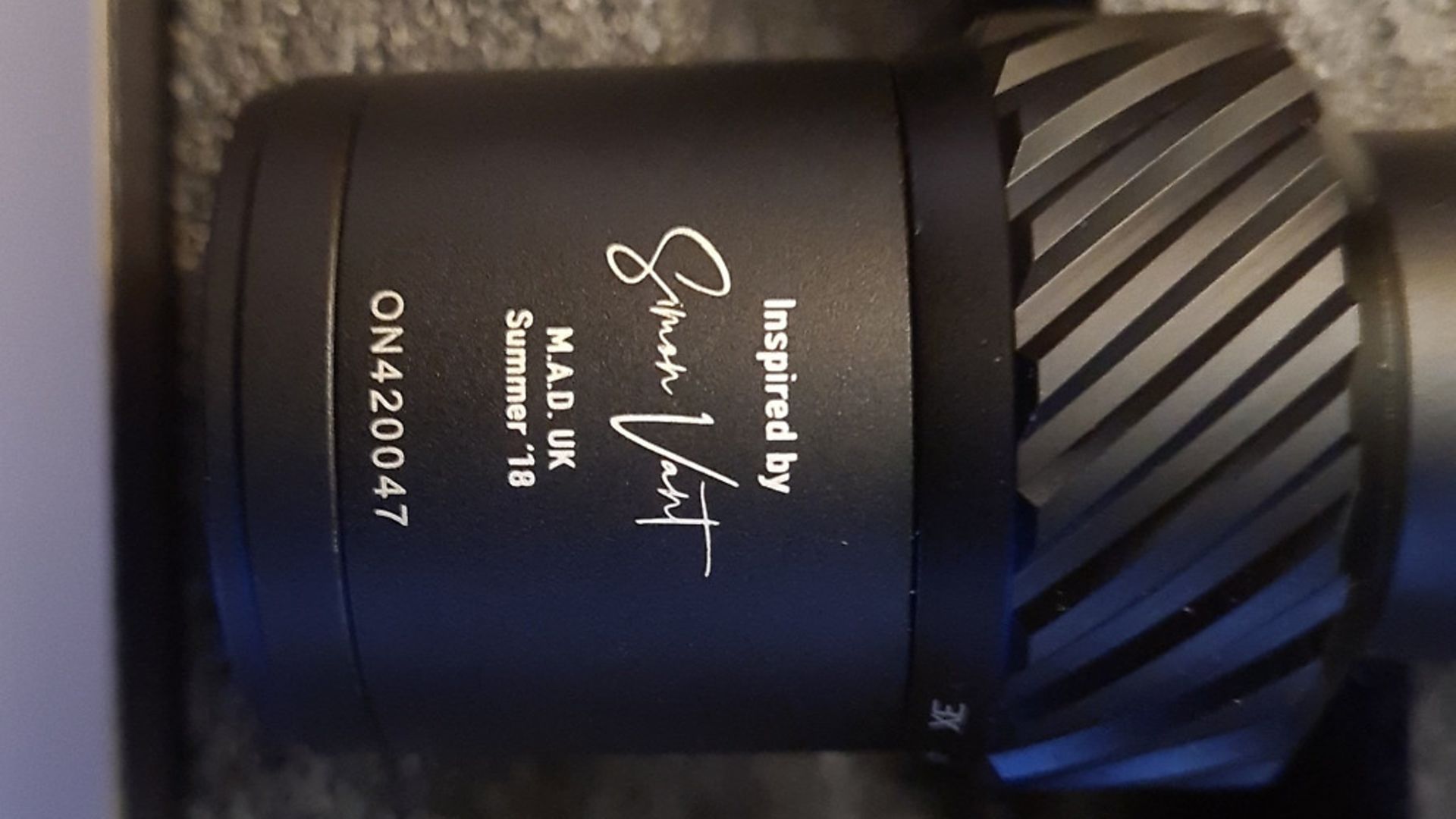 credit: Archant
credit: Archant
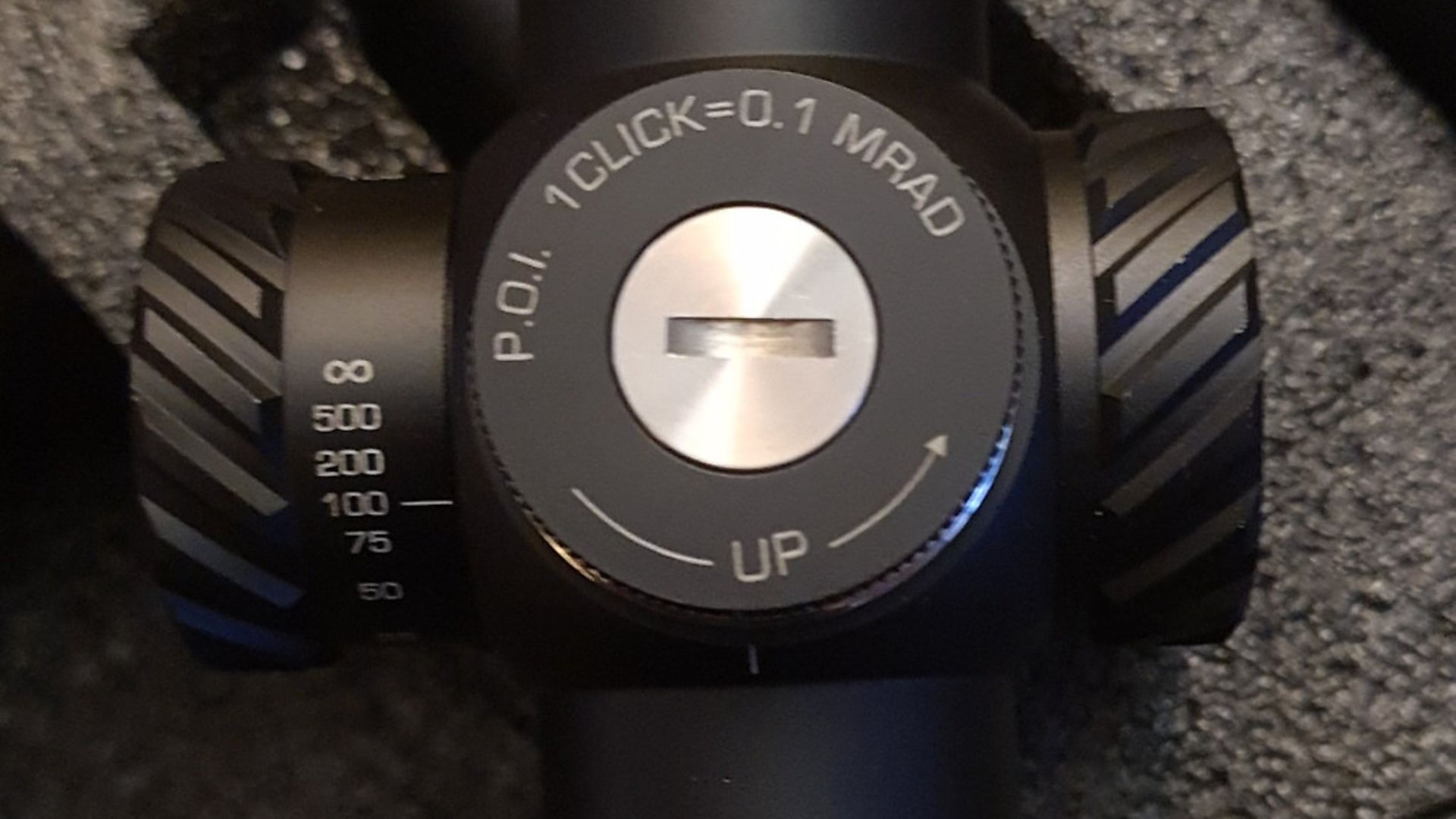 credit: Archant
credit: Archant
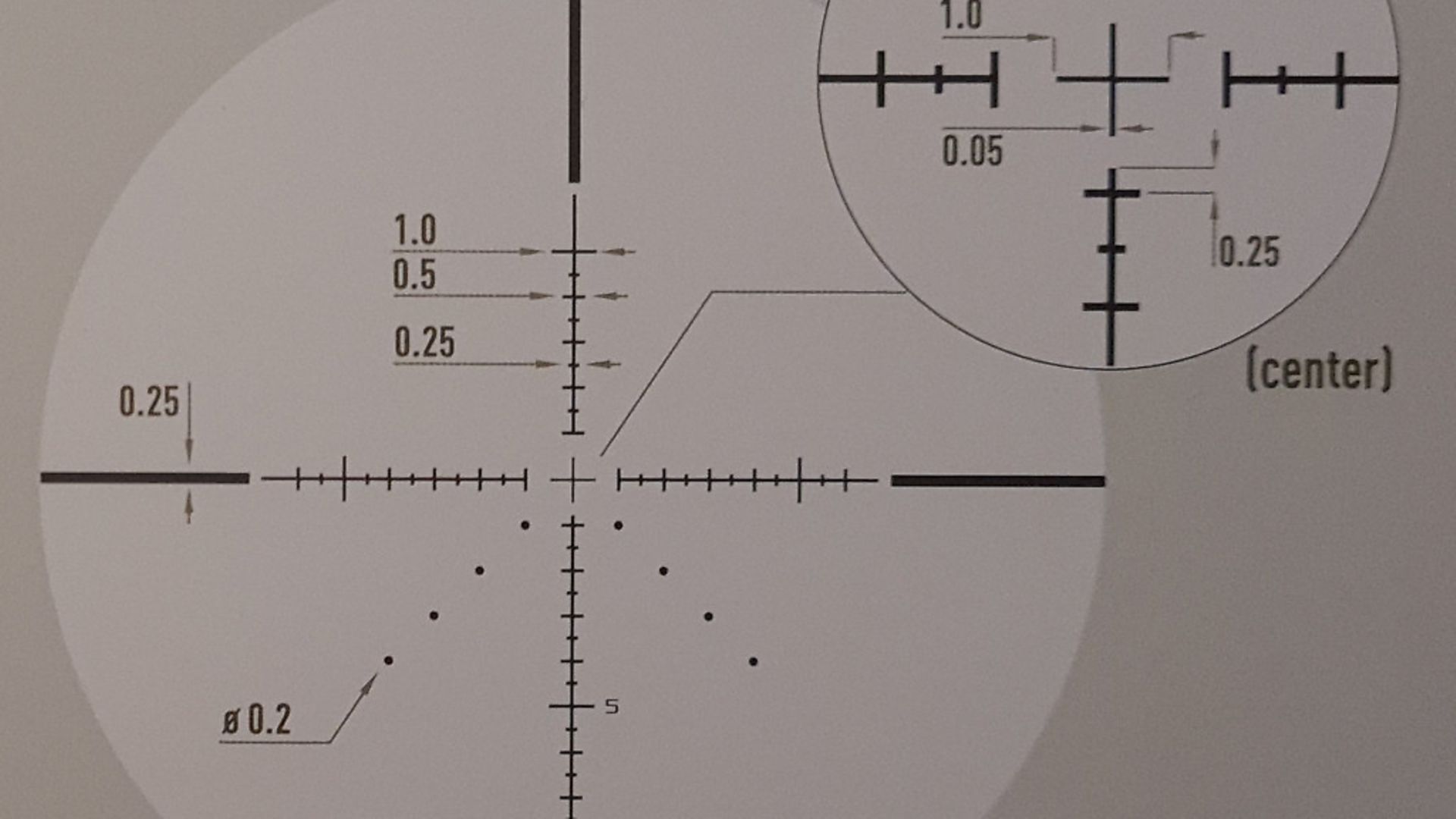 credit: Archant
credit: Archant